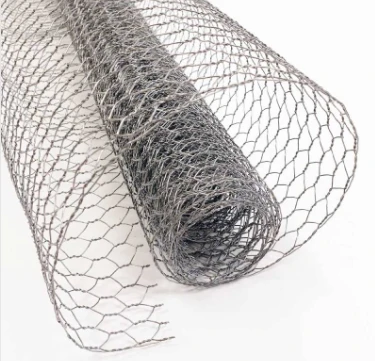Choosing the Right Nails for Your Cedar Fence Installation Needs
Types of Nails for Cedar Fencing
When building a cedar fence, selecting the right types of nails is crucial for ensuring structural integrity and longevity of the fence. Cedar wood, prized for its natural beauty and resistance to decay, requires specific types of nails that complement its characteristics. This article will explore the different types of nails suitable for cedar fencing, their benefits, and best practices for fastening cedar wood.
1. Stainless Steel Nails
Stainless steel nails are one of the best options for cedar fencing. Their high resistance to rust and corrosion makes them ideal for outdoor applications, particularly in areas with high moisture. Cedar contains natural oils that can react with certain metals, causing them to rust over time. Stainless steel nails not only prevent this issue but also maintain a clean and attractive appearance throughout the lifespan of the fence.
There are various types of stainless steel nails, such as ring shank and smooth shank, each with its own benefits. Ring shank nails, for instance, provide a superior grip, reducing the likelihood of nail pops and ensuring that the boards remain securely attached over time.
2. Hot-Dipped Galvanized Nails
Hot-dipped galvanized nails are another popular choice for cedar fencing. These nails are coated with a layer of zinc, which offers good corrosion resistance while being more affordable than stainless steel options. Hot-dipped galvanized nails are suitable for most outdoor applications, but they may not last as long as stainless steel nails, especially in coastal areas where saltwater can accelerate corrosion.
When using hot-dipped galvanized nails, it’s essential to select nails that are labeled specifically for treated wood or cedar, as the coating will endure the natural oils found in cedar better than standard galvanized nails.
3. Aluminum Nails
Aluminum nails are lightweight and resistant to rust, making them another option for cedar fencing. However, while they are suitable for non-coastal regions, aluminum's strength can be a concern for certain applications. Using aluminum nails in high-stress or load-bearing situations is discouraged, as they may not provide the durability required for long-term performance.
An advantage of aluminum nails is their compatibility with cedar in terms of color
. They typically do not stain the wood, ensuring that the fence retains its beautiful, natural appearance over time.type of nails for cedar fence

4. Coil Nails
Coil nails can also be a practical option for cedar fencing, especially if using a nail gun for construction. They are available in various coatings, including galvanized and stainless steel, providing good options for corrosion resistance. Coil nails offer a quick and efficient way to secure the wood while ensuring a strong hold. However, it is crucial to check if the coils are rated for outdoor use and are compatible with cedar wood to avoid any adverse reactions.
Best Practices for Fastening Cedar
When installing a cedar fence, proper fastening techniques contribute to the overall durability and aesthetic of the structure. Here are some best practices to keep in mind
1. Spacing Ensure that nails are adequately spaced to provide proper support without risking splitting the wood. A typical spacing is about 16 inches apart, though this may vary based on the size of the boards and the specific design of the fence.
2. Nail Depth Drive the nails deep enough to hold the wood securely but avoid over-driving to prevent splitting. Countersinking the nails can provide a smoother finish and prevent snagging on clothing or other materials.
3. Pre-drilling For thicker boards, pre-drilling holes can prevent the wood from splitting, especially near the edges.
4. Regular Maintenance Periodically check your fence for any signs of damage or corrosion, particularly if using galvanized nails. Replacing rusty or damaged nails promptly can extend the lifespan of your cedar fence.
Conclusion
Choosing the right type of nails for a cedar fence is vital to ensure the longevity and durability of the fence. Stainless steel, hot-dipped galvanized, aluminum, and coil nails all have their place depending on the specific requirements of the project. By following best practices for fastening, homeowners can enjoy a beautiful and lasting cedar fence that stands up to the elements for years to come.
-
Space-Saving Chain Fence Hacks Vertical Gardening with Cyclone MeshNewsJul.16,2025
-
Innovations in Iron Nail Wire Production for Modern ConstructionNewsJul.16,2025
-
Creative Uses of Wire Netting Fence in Modern Landscape DesignNewsJul.16,2025
-
Barbed Wire Fence Innovations in Anti-Climb TechnologyNewsJul.16,2025
-
Architectural Uses of Umbrella Nails for Aesthetic Roof DesignsNewsJul.16,2025
-
Architectural Uses of Razor Barbed Wire in Secure Urban DesignNewsJul.16,2025




